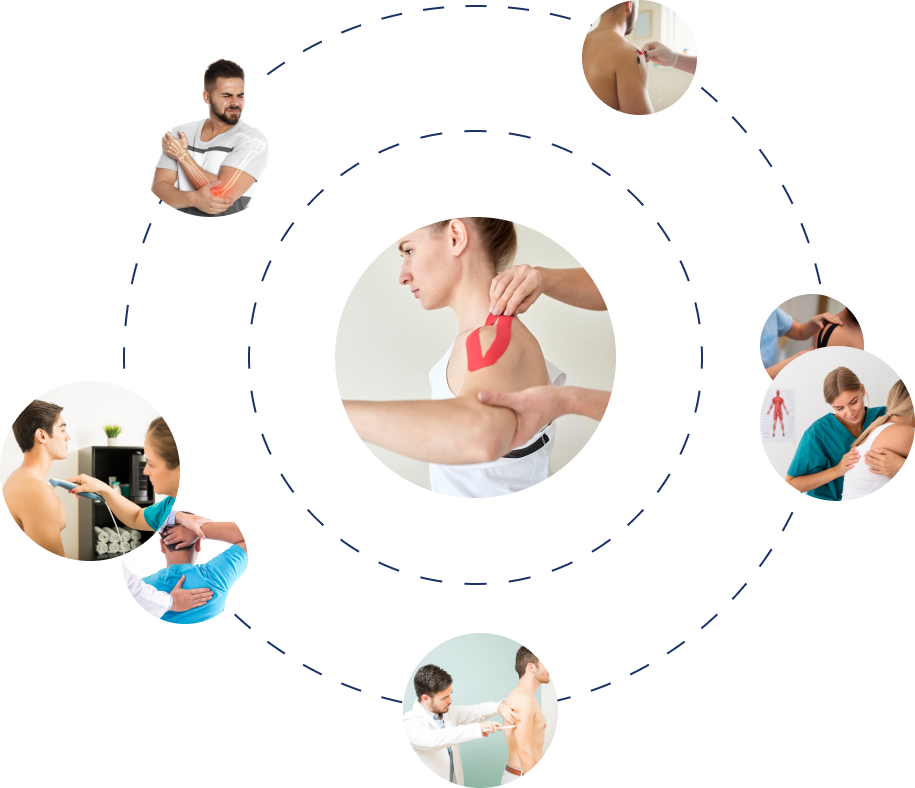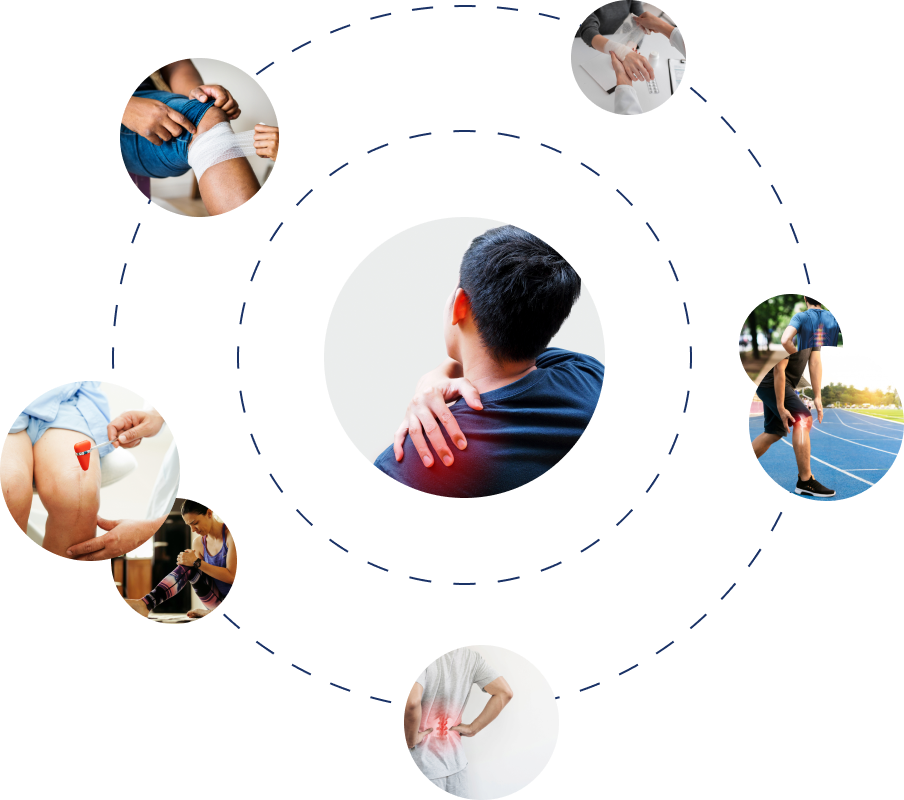Biologic Shoulder Resurfacing
What is Biologic Shoulder Resurfacing?
Biologic shoulder resurfacing is a surgical procedure in which only the diseased part of your joint is replaced with a biological graft, rather than the complete joint with a metal or plastic prosthesis as seen in traditional shoulder replacement. The procedure involves resurfacing of the degenerated or arthritic articular surfaces of your shoulder joint with a healthy tissue graft taken from a donor (allograft) and acts as an alternative to traditional shoulder replacement.
Shoulder arthritis is an inflammatory condition causing pain and stiffness in the joint. It can be successfully treated with total joint replacement surgery, which is commonly performed on older patients. However, the surgery is not advisable for younger, more active individuals due to concerns with the durability of the implants used. Joint replacement surgery uses metal and plastic prostheses to replace the damaged cartilage of the shoulder joint. Extensive activity in younger individuals can cause loosening or failure of the prosthesis, requiring revision surgery.
Anatomy of the Shoulder Joint
The shoulder joint is a ball and socket joint formed by the humerus (upper arm bone) and the glenoid socket (a cup-like depression on the shoulder blade). The articular surfaces of the joint are lined by smooth cartilage that may undergo degeneration or damage as a result of infection, trauma, overuse, prior surgery, osteoarthritis, or avascular necrosis (a type of tissue death). This can lead to pain and loss of motion, adversely impacting your daily activities.
Indications for Biologic Shoulder Resurfacing
Biologic shoulder joint resurfacing is indicated in active individuals under 50 years old with a relatively flexible arthritic shoulder joint with large defect areas that have not been alleviated via conservative means such as pain medication, physical therapy, or corticosteroid injections.
Preparation for Biologic Shoulder Resurfacing
Preoperative preparation for biologic shoulder resurfacing may involve the following steps:
- A thorough examination by your doctor is performed to check for any medical issues that need to be addressed prior to surgery.
- Depending on your medical history, social history, and age, you may need to undergo tests such as blood work and imaging to help detect any abnormalities that could threaten the safety of the procedure.
- You will be asked if you have allergies to medications, anesthesia, or latex.
- You should inform your doctor of any medications, vitamins, or supplements that you are taking.
- You should refrain from medications or supplements such as blood thinners, aspirin, or anti-inflammatory medicines for 1 to 2 weeks prior to surgery.
- You should not consume any solids or liquids at least 8 hours prior to surgery.
- Arrange for someone to drive you home after surgery.
- A written consent will be obtained from you after the surgical procedure has been explained in detail.
Procedure for Biologic Shoulder Resurfacing
Biologic shoulder resurfacing surgery is usually performed as a minimally invasive arthroscopic procedure under general anesthesia. Two small incisions are made over your shoulder. An arthroscope – a narrow tube with a camera and light attached – and tiny surgical instruments are introduced through these incisions. The arthroscope provides your surgeon with a clear view of the surgical site. The diseased tissue is removed, and the humeral and glenoid defects are identified. A guide pin is drilled through the humeral head creating a tunnel that reaches the defects in the articular surface of the humeral head. The tunnel is used to guide instruments to drill and prepare both the humeral head and glenoid articular surface defects.
Healthy osteochondral grafts consisting of cartilage and subchondral bone are removed from the humeral head, medial tibial condyle (part of the knee), or distal tibial plafond (close to the ankle) of a deceased donor. The allograft is then prepared and size-matched to fit the defects. A hole is made in the center of the humeral graft and a suture inserted to help in positioning the graft into the humeral defect. The allograft is then introduced into the humeral defect and fitted firmly in place. The procedure is repeated for the glenoid defect, and here the allograft is held in place by chondral darts. Using the arthroscope, the surgeon ensures the allografts are accurately positioned. The arthroscope and instruments are then removed, and the incisions closed.
Postoperative Care and Instructions
In general, postoperative care instructions and recovery after biologic shoulder resurfacing may involve the following steps:
- You will be transferred to the recovery area where your nurse will closely observe you for any allergic/anesthetic reactions and monitor your vital signs as you recover.
- You may need to stay in the hospital for a day or two before discharge to home.
- You may notice some pain, swelling, and discomfort in the shoulder area. Pain and anti-inflammatory medications, as well as application of ice packs are recommended as needed to reduce swelling and pain.
- Your arm will be secured with assistive devices such as a sling for 4 to 6 weeks to facilitate healing with instructions on restricted weight-bearing.
- Keep the surgical site clean and dry. Instructions on surgical site care and bathing will be provided.
- Refrain from smoking as it can negatively affect the healing process.
- Refrain from strenuous activities for the first few months and lifting heavy weights for at least 6 months. Gradual increase in activities over a period of time is recommended.
- An individualized physical therapy protocol will be designed to help strengthen shoulder muscles and optimize shoulder function.
- Most patients are able to resume their normal activities in a month or two after surgery; however, a return to sports may take 6 to 12 months.
- Refrain from driving until you are fully fit and receive your doctor’s consent.
- Periodic follow-up appointments will be scheduled to monitor your progress.
Risks and Complications
Biologic shoulder resurfacing is a relatively safe procedure; however, as with any surgery, some risks and complications may occur, such as the following:
- Infection
- Bleeding
- Anesthetic/allergic reactions
- Injury to nerves and blood vessels
- Blood clots or deep vein thrombosis (DVT)
- Graft failure
- Persistent pain
- Shoulder stiffness or weakness







